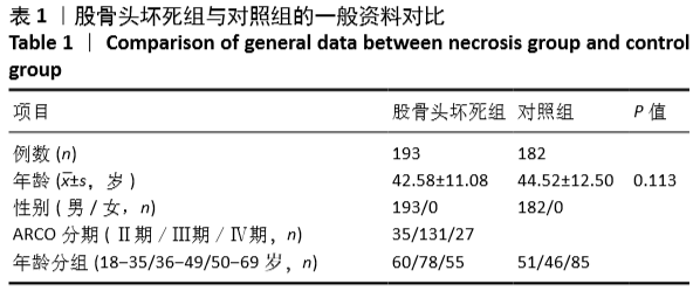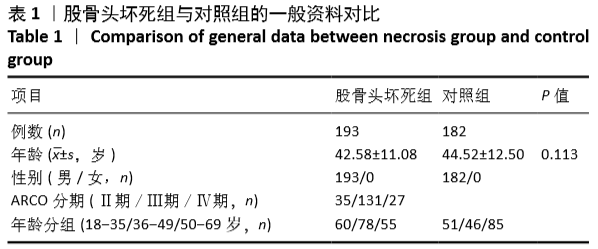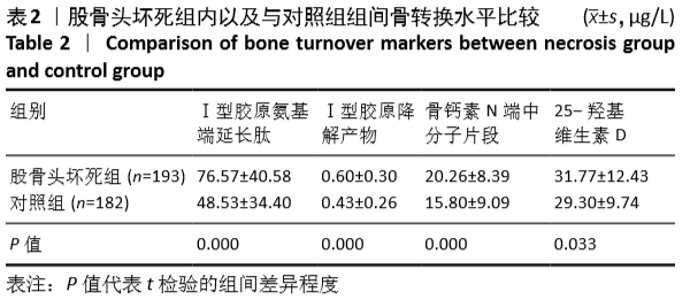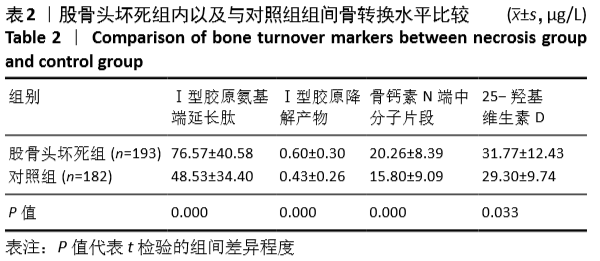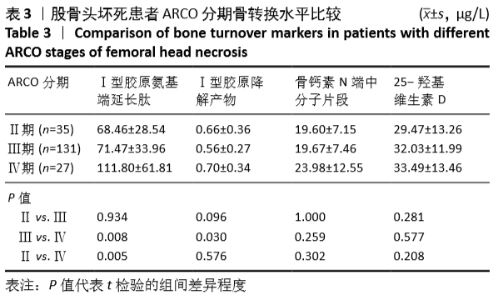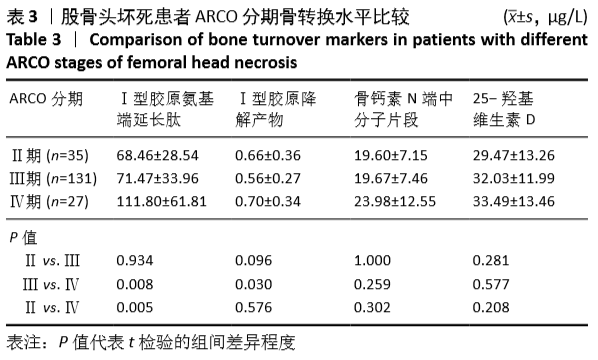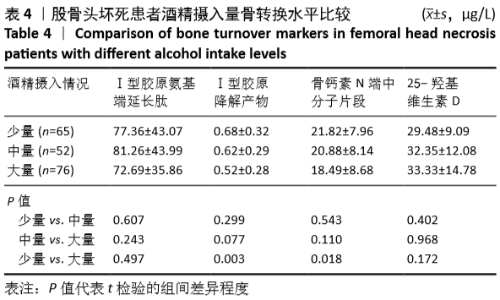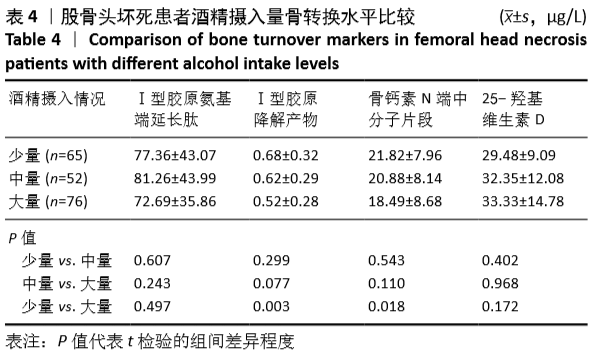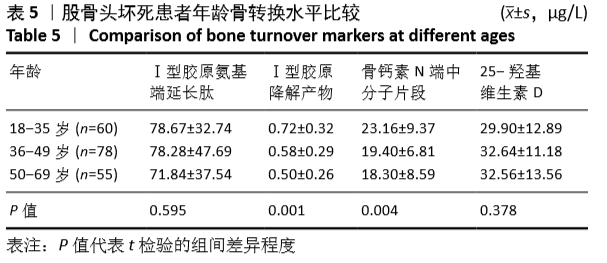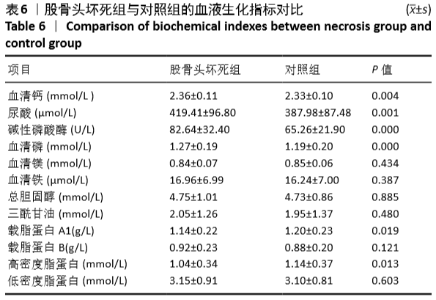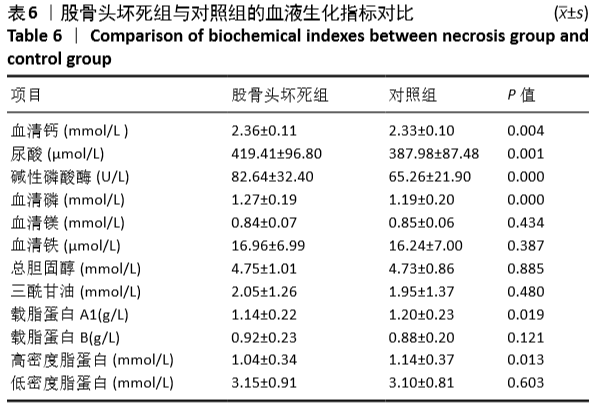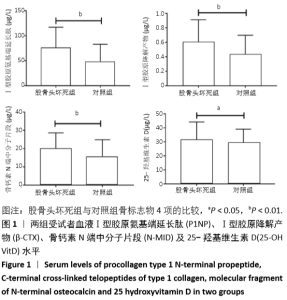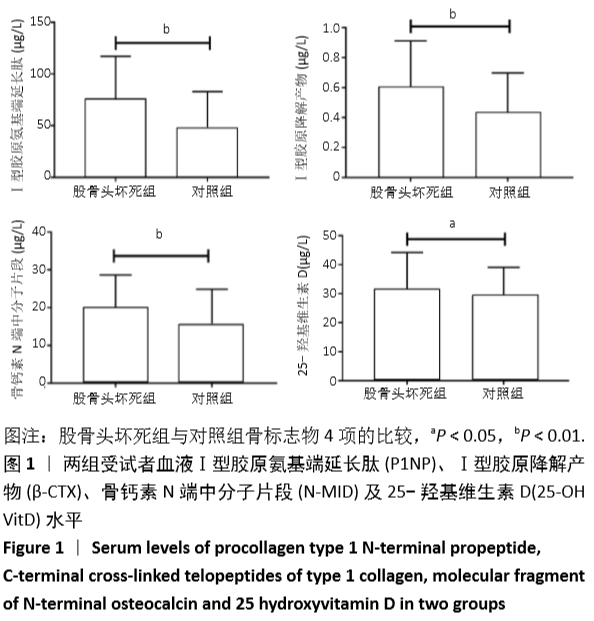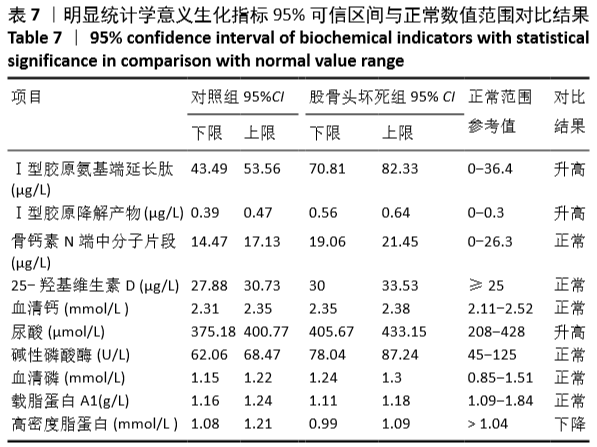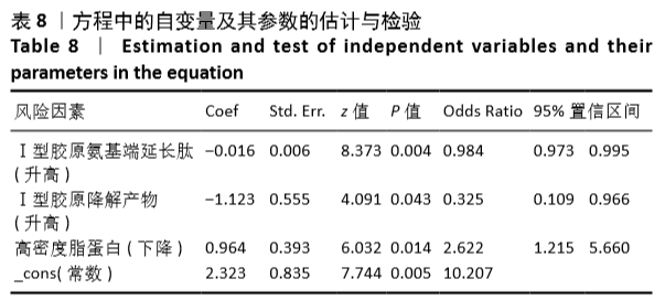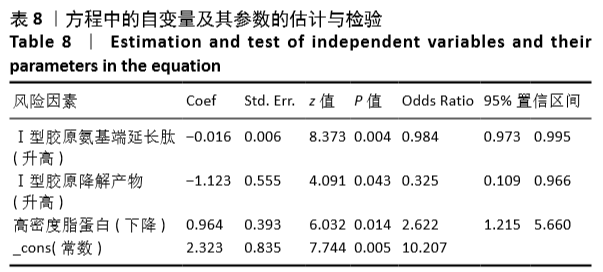[1] CUI L, ZHUANG Q, LIN J, et al. Multicentric epidemiologic study on six thousand three hundred and ninety five cases of femoral head osteonecrosis in China. Int Orthop. 2016;40(2):267-276.
[2] YOON BH, JONES LC, CHEN CH, et al. Etiologic Classification Criteria of ARCO on Femoral Head Osteonecrosis, Part 2:Alcohol-Associated Osteonecrosis.J Arthroplasty. 2019;34(1):169-174.e1.
[3] 李盛华,孙凤歧,周明旺,等.酒精性股骨头坏死发病机制的研究进展[J]. 中国骨质疏松杂志,2013,19(1):90-92.
[4] SNOSWELL CL, PULJEVIĆ C, FERRIS J. A Commentary on the Dose–Response Relationship of Alcohol and Injury: Effects of Country‐Level Drinking Patterns and Alcohol Policies. Alcohol Clin Exp Res. 2019;43(7):1373-1375.
[5] WANG J, SHI X, YANG H, et al. Association between alcohol-induced osteonecrosis of femoral head and risk variants of MMPS in Han population based on a case-control study.Oncotarget.2017;8(38):64490-64498.
[6] 苟文隆,彭江,卢强,等.股骨头骨坏死塌陷机制研究进展[J].中国矫形外科杂志,2014,22(7):621-624.
[7] SHIMIZU J, OKAZAKI S, NAGOYA S, et al. Susceptibility of Males, but Not Females to Developing Femoral Head Osteonecrosis in Response to Alcohol Consumption.PLOS ONE.2016;11(10):e165490.
[8] 马剑雄,何伟伟,赵杰,等.股骨头坏死发病机制研究的最新进展[J].中国组织工程研究,2017,21(27):4397-4402.
[9] GADDINI GW, TURNER RT, GRANT KA,et al. Alcohol: A Simple Nutrient with Complex Actions on Bone in the Adult Skeleton.Alcohol Clin Exp Res. 2016;40(4):657-671.
[10] KOUDA K, IKI M, FUJITA Y, et al. Alcohol intake and bone status in elderly Japanese men: Baseline data from the Fujiwara-kyo Osteoporosis Risk in Men (FORMEN) Study.Bone.2011;49(2):275-280.
[11] 席立成,李宏宇.酒精对股骨头局部微环境影响的机制研究进展[J].中国组织工程研究,2017,21(7):1137-1142.
[12] KUGA Y. Factors Associated with Osteonecrosis in the Femoral Head in Chronic Alcoholism.Kurume Med J. 2000;47(2):147-149.
[13] GREENBLATT MB, TSAI JN, WEIN MN.B one Turnover Markers in the Diagnosis and Monitoring of Metabolic Bone Disease.Clin Chem. 2017;63(2):464-474.
[14] 张颖,孙瑞波,张蕾蕾,等.酒精性股骨头坏死风险因素的血液生化指标分析[J].中国矫形外科杂志,2017,25(23):2177-2181.
[15] CIVITELLI R, ARMAMENTO-VILLAREAL R, NAPOLI N.Bone turnover markers: understanding their value in clinical trials and clinical practice.Osteoporos Int. 2009;20(6):843-851.
[16] WATTANATHORN J, SOMBOONPORN W, SUNGKAMANEE S, et al. A Double-Blind Placebo-Controlled Randomized Trial Evaluating the Effect of Polyphenol-Rich Herbal Congee on Bone Turnover Markers of the Perimenopausal and Menopausal Women.Oxid Med Cell Longev. 2018; 2018:2091872.
[17] SZULC P, NAYLOR K, HOYLE NR, et al. Use of CTX-I and PINP as bone turnover markers: National Bone Health Alliance recommendations to standardize sample handling and patient preparation to reduce pre-analytical variability.Osteoporos Int. 2017;28(9):2541-2556.
[18] SZULC P. Bone turnover: Biology and assessment tools.Best Pract Res Clin Endocrinol Metab. 2018;32(5):725-738.
[19] SARKISSIAN A, SIVARAMAN V, BOUT-TABAKU S, et al. Bone turnover markers in relation to vitamin D status and disease activity in adults with systemic lupus erythematosus.Lupus.2019;28(2):156-162.
[20] CENSI S, MANSO J, PANDOLFO G, et al. Bone turnover markers, BMD and TBS after short-term, high-dose glucocorticoid therapy in patients with Graves’ orbitopathy: a small prospective pilot study.J Endocrinol Invest. 2019;42(7):859-865.
[21] 石少辉,李子荣,孙伟,等.酒精性和激素性股骨头坏死的发病与脂质代谢[J].中国组织工程研究与临床康复,2011,15(17):3217-3220.
[22] 魏秋实,杨帆,陈哓俊,等.激素性与酒精性股骨头坏死患者骨标本坏死区域病理与显微结构特点分析[J].中国修复重建外科杂志,2018, 32(7):866-872.
[23] LUO Z, LIU Y, LIU Y, et al. Cellular and molecular mechanisms of alcohol-induced osteopenia.Cell Mol Life Sci. 2017;74(24):4443-4453. |
